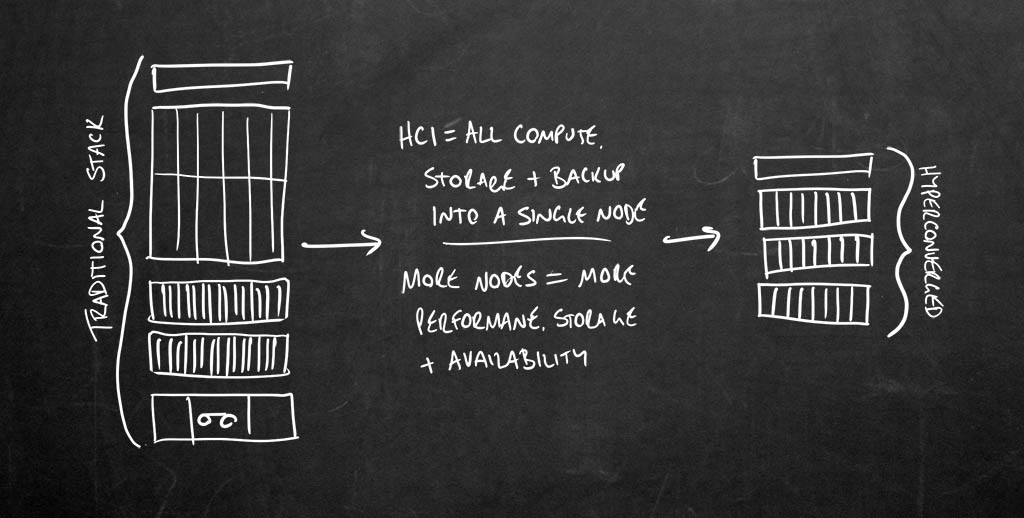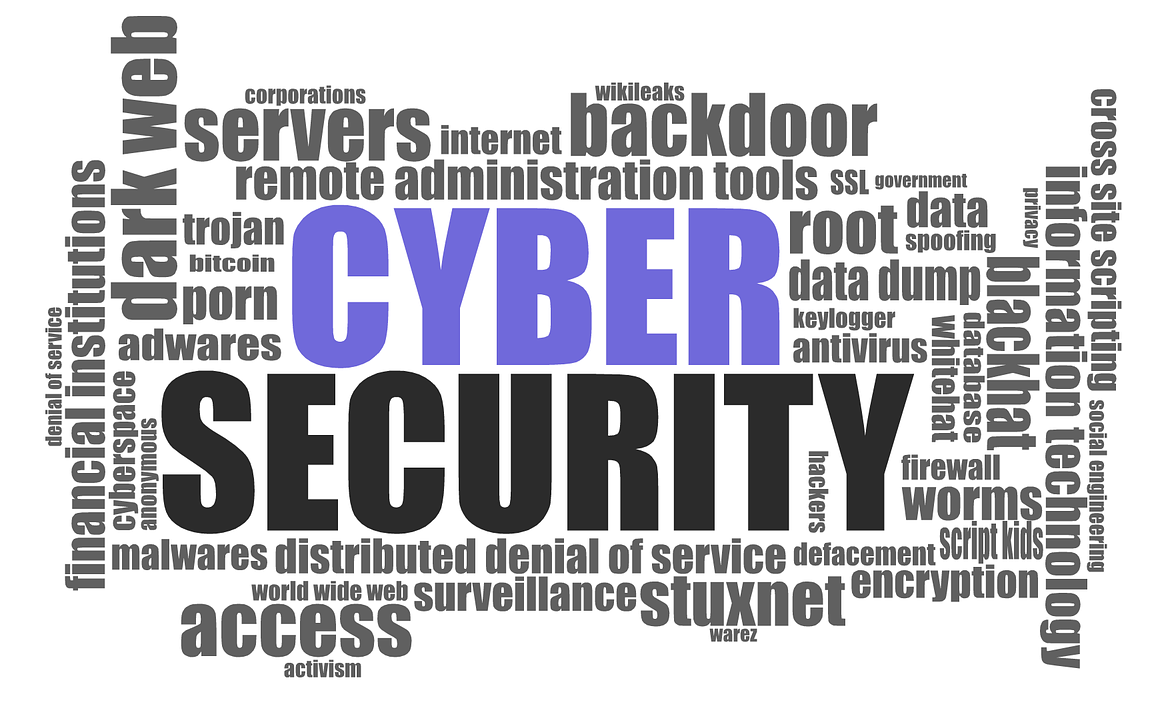

Hyperconverged infrastructure (HCI) has come a long way over the last few years. A small handful of the vendors have been modernising many businesses by replacing the traditional technology stack with hyperconverged solutions.
A hyperconverged solution could turn out to be a good investment. Some benefits you may see include a reduction in your overall infrastructure costs; a smaller data centre footprint; improved data protection capabilities and better agility of your IT across the board.
Like most technologies these days hyper convergence isn’t for everyone or every workload. For example, if you have a *lot* of video or audio files you are probably not going to benefit from moving this kind of data to HCI.
If you’re planning to move to a hyperconverged platform or even just thinking about it, here’s a few things you may want to address with your team and your vendors before you go all in.
1. Ongoing Management
Not all hyperconverged infrastructure platforms are the same when it comes to management. Other than the initial costs of the equipment and the costs of deployment, you should factor in how your team is going to manage the platform on a day to day basis.
- How much training is required to get your team up to speed?
- Will your staff be able to understand the concepts and operational requirements of the HCI platform efficiently?
- Can you manage the knowledge transfer and re-training as staff leave or move sideways?
Some solutions utilise a familiar VMware vSphere interface while others have a stand-alone application to manage the infrastructure. Make sure you get a good demo and understanding of how you’ll be managing the system every day.
Once you’ve installed your HCI platform it’s going to be with you for at least 3 years. You’ll want to make sure you can manage it on a daily basis and adapt it to your requirements as your business changes. If you can’t you’re going to have additional costs to outsource the management that you may not have counted on.
2. Business Continuity and Hyperconverged Infrastructure
Simple backup and DR is touted as one of the many benefits that HCI can deliver. The panacea of having your backups deeply integrated into your infrastructure without the need for more tools and licensing to manage is attractive.
If you’re like most businesses this may be a false economy. The backups provided by hyperconverged systems are a snapshot backup only and don’t really tick of many other requirements of backup such as long term archiving and compliance.
You’ll need to deep dive into the practical realities of the backup capabilities inside the various HCI systems. Questions to ask include:
- With the storage allocation you have, how long can you keep backups for? Can you keep them for 7 years?
- What happens if there is a failure with your HCI system, is it possible to lose all of your backups?
- Can you perform granular level restores of files, mail or database objects from any point in time?
It’d be prudent to do as much investigation as you can to see if the backup offering included with the HCI platform actually suits your needs. Double check that you can meet your regulatory and compliance requirements as well as your Business Continuity Plans.
If the hyperconverged infrastructure solution doesn’t tick all the boxes you need for backup and DR, you are still going to need a 3rd party solution. Make sure that the 3rd party solution you have in mind will work with your HCI solution and is supported by your vendor.
3. Technical Support
Once the sale has been made and you’re live on any new infrastructure, ongoing support is a critical piece of the overall solution. As hyperconverged can come in many flavours it’s important to understand your support options, costs and processes up front.
Does the hyperconverged infrastructure vendor provide full support for all hardware and software? Or does the vendor only support the specialist hyperconverged hardware with the compute and storage equipment supported by a different vendor?
How you satisfied are you with the coverage hours that are available?
Some hyperconverged infrastructure vendors use a completely customised virtualisation layer. Check that your operating systems and applications are certified to run on these virtualisation platforms and that your application vendors will provide you with support.
4. Managing Growth
Normally, the vendor will bend over backwards to win your business and drop the price significantly to get you on board. What happens when you’re a couple of years down the track and you need to expand your system?
All bets will be off for deep discounts once you’re a customer!
Relevant questions you need to ask now include:
- What’s the process to extend the platform to provide for more compute, storage or both? Can your team do it or will you need to enlist a 3rd party consultancy to help out.
- What’s the estimate cost per node to extend and do you need more than one?
- Can you co-terminate the maintenance of the existing hyperconverged infrastructure with the newly acquired nodes?
- What are the chances of the hardware being the same in a few years and does it matter?
- How will you know when you need to expand the system to gain additional compute or storage resources? What are the growth triggers?
Be prepared that expanding your infrastructure could get expensive. After all, you have to buy additional compute, storage, networking, etc. Buying more of what you already have without the discounts is worth knowing now.
5. Define Your Performance Expectations
Spend the time and effort to intimately understand the workloads you have on your existing environment. Use tools such as VMware’s vRealise or Veeam’s VOne to analyse all your hosts, VMs and storage to completely understand how your systems are performing today.
Plan for a moderate amount of growth up front so you’re not going to need to add to the platform too early – unless there’s a valid business case, of course.
You need to understand the performance requirements of all the workloads you are planning to migrate. Make sure your vendor has scoped enough resources in the new environment with regard to network throughput, storage capacity, IOPS, and CPU cycles.
Really, you should do this with any new infrastructure purchase anyway. Develop a suite of UAT testing plans and performance monitors to demonstrate the improvements your expect to achieve.
Final Thoughts
Hyperconverged infrastructure is here to stay. As the market matures further, HCI should only improve in features and benefits over the coming years.
Don’t be sold on any solution until you’ve considered the 5 points we’ve walked through and how you can overcome them in your business and with your team. You may find that there are more cost-effective ways to deliver applications to your staff than through a hyperconverged solution.
When procuring new technologies it’s important to compare like for like options and features. Make sure you cut through all the sales and marketing stuff and don’t get sold on buzzwords and false promises.
The next steps maybe to have a chat and work out if a hyperconverged solution may be the right fit for you.
Let us know about a little about your environment and we can help you with some options.




